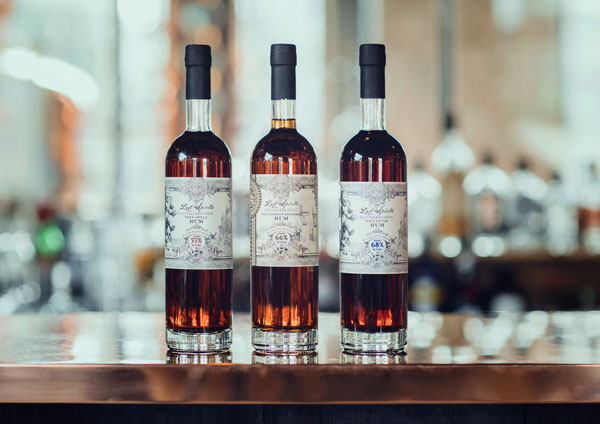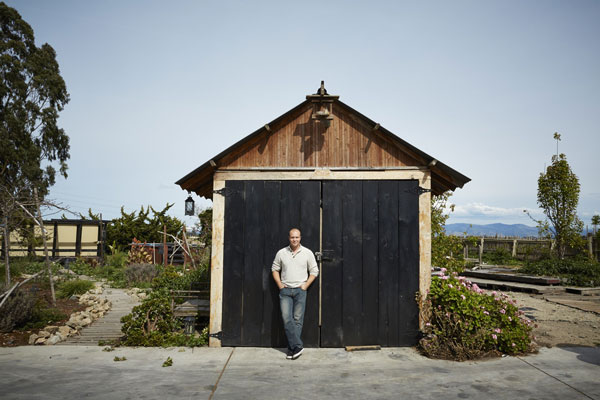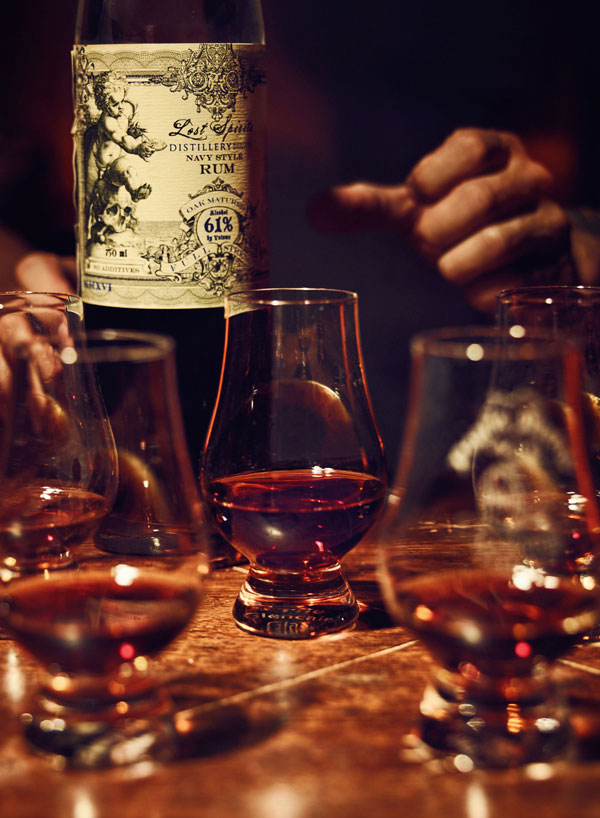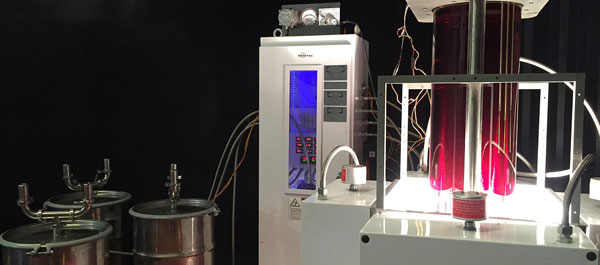“Lost Spirits”, a modern high-tech distillery in downtown Los Angeles, has discovered a way to produce aged whiskey and rum in just several days. And, are transforming the way the spirits industry will ferment and produce alcohol.
Traditional whiskey distillation
Does it make sense to wait years to be able to buy an aged whiskey in the first place?

(Image Source: www.eastlondonliquorcompany.com)
Since the first ever distillery businesses emerged, little has changed with method of production. There are five stages to the traditional distilling process – malting, mashing, fermentation, distillation and maturation. The maturation period is a select and intricate process, where wooden barrels are filled with alcohol and left to absorb the taste of not only the wood, but also the air that seeps in over the years. For this technique to work, the liquid must remain inside the barrel long enough for the quality and taste of the drink to develop just right. This imbues a rich history and story behind each bottle produced, meaning the longer they sit, the higher quality they become. For the past 200 years, this is the way it’s been done, with long maturation periods considered the norm. And, as with any deep rooted tradition, when someone makes ripples of change to the norm, people aren’t always happy about it.
Met with hesitation
As “Lost Spirits” made a name for itself in the spirits market, many people were shaken up. With the praise for the new and exciting technology, the co-founder of Lost Spirits, Bryan Davis, has faced a lot of reluctance with the acceptance of his invention. Davis, an art graduate, had not set himself up for a chemistry career. However, he ended up co-founding a distillery based in Spain, which introduced him to the techniques and processes of distillation, and later sparked his interest to independently learn basic organic chemistry. With this knowledge in hand, his once small project grew into something much bigger. After selling his Spanish distillery and moving back to the United States, he set out to change the aging process of alcohol by experimenting in his own kitchen.

(Image Source: www.wired.com)
For creating both rum and whiskey, the essence of the process lies within the chemical reactions that occur between the liquid and wood. Davis slowly understood how to speed up the chemical release into the liquid, and later, the way the wood breaks down. Creating the perfect product took numerous trials and many errors. And although these experiments had delicious results with his homemade prototypes, even Davis himself attests to their unnatural characteristics which weren’t close enough to the real thing. But, after enough tweaks and corrections, “Lost Spirits” released “The Colonial”, and he knew he had finally gotten it right.

(Image Source: www.wired.com)
With the wood breaking apart in just the right way and at incredible speed, Davis pitched his Model 1 reactor to people in the industry. But much to his and his co-owner, Joanne Haruta’s dismay, they met heavy criticism. “Lost Spirits” believed they were revolutionizing the industry, while many long time patrons of the business thought otherwise. Most distilleries believe in the beauty behind the time-honored craft of aging alcohol, and Davis’ invention directly threatened that concept. The bottles produced by “Lost Spirits” can’t even have the name ‘Whiskey’ printed on their label, as they don’t meet the required amount of aging (three years) to be considered whiskey.
The science behind THEA
Nobody can deny the genius behind this invention. Lost Spirits’ Model 1 reactor named “THEA” is patent pending on the technology that enables it to break down wood and bind specific molecules into the alcohol at rapid speeds.
THEA operates in three phases. Phase one combines unaged booze and wood and heats the mixture in a tank at high temperatures for several days, which boosts the acid reaction and molecules to create the rich flavors. Phase two, puts the mixture into a glass cylinder, allowing the light to break down the wood. This releases more flavor and also filters out things like specific acids and things you wouldn’t want in your drink. Phase three reheats the mixture and creates more chemical reactions, converting the acids into esters that accurately replicate the compounds found in long-term aged beverages.

(Image Source: www.wired.com)
Following Davis’ innovative and genius work, “Lost Spirits” now offer a growing selection of Rum and Peated Malts.
From the Rum, they offer:
“Navy 61” a rich drink bursting with flavor made from toasted and charred virgin American oak, (61%)
“Cuban Inspired 151”, an un-charred toasted oak beverage (75.5%)
From the Peated Malts range, they offer:
“Abomination Crying of the Puma”, a deep toasted oak, late harvest Riesling seasoned drink (54%)
“Abomination Sayers of the Law”, a heavily charred drink of toasted oak (54%), with both drinks at a set price of 50 dollars.
The slogan for the Abomination range has become: “A Peaty Malt so controversial, we named it Abomination”
The future of spirit distillation
So, what’s next for the Spirits industry?
Introducing this new technology of exponentially speeding up the distillation process will forever change the road to success for small distilleries. Most young businesses today are usually forced to rush production (compromising the quality of their offering) and selling quickly to keep up with funds to create more product. But now, they won’t have to. They’ll be able to produce the same high quality “aged” rum and whiskey at a fraction of the time.

(Image Source: www.lostspirits.net)
Although the technology is so remarkable, it is still somewhat limited at the moment, enabling it to only chemically replicate 15-20 year old liquor and nothing else. However, Davis expects that sooner or later, other people will develop ways to mimic his invention and even take it a step further.
As he says, “There’s probably 10 different ways to do it that other people will find, but it’s based on what you’re looking at. It’ll be some guy who studies insects, who also has an obsession with this, who’ll stumble his way on how to do it from a biological route, you know what I mean? Discovery is just training yourself to know what to look for so you know when you’ve succeeded.”
